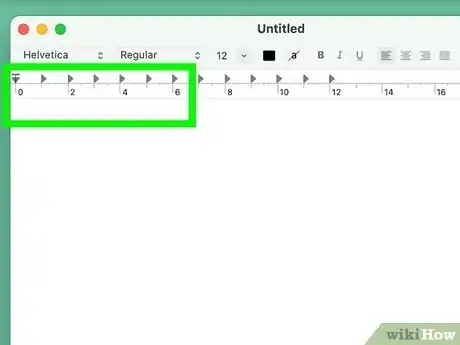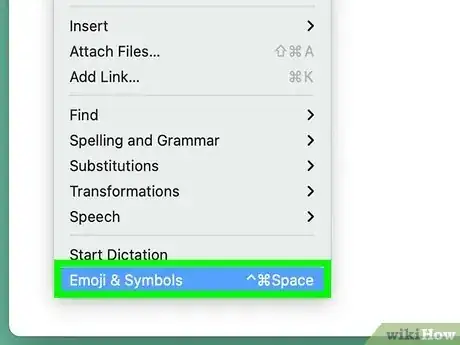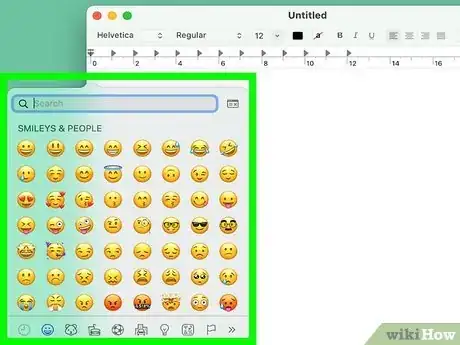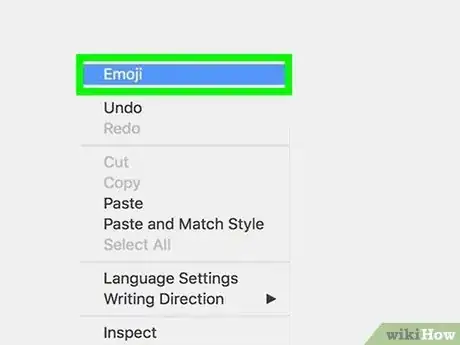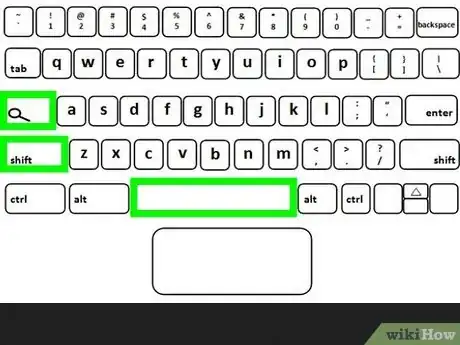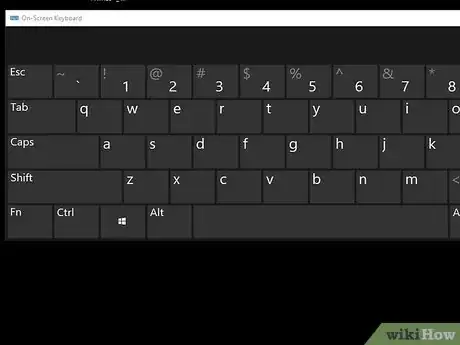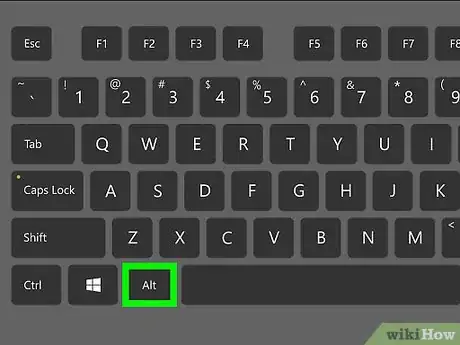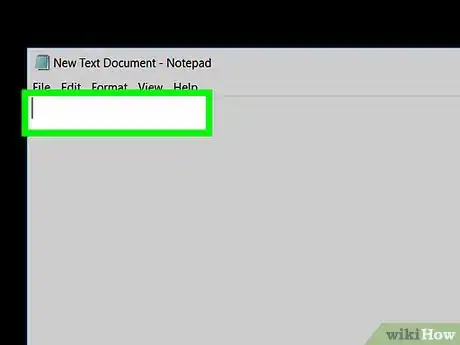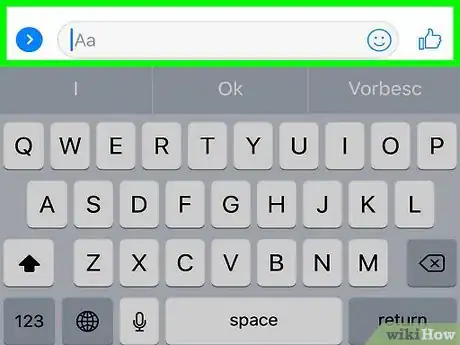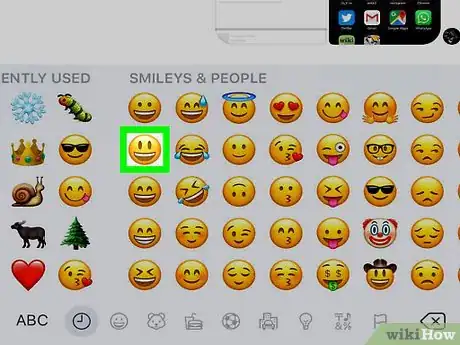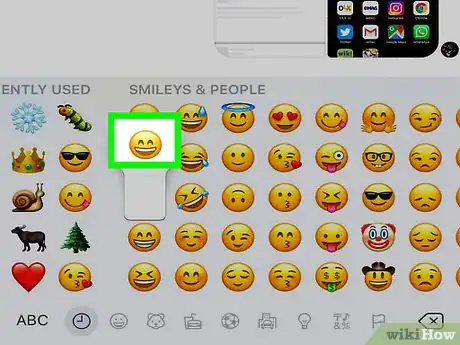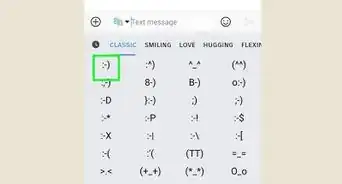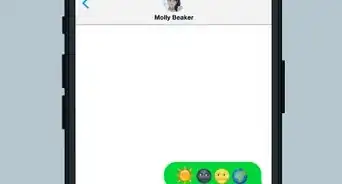This article was co-authored by wikiHow staff writer, Kyle Smith. Kyle Smith is a wikiHow Technology Writer, learning and sharing information about the latest technology. He has presented his research at multiple engineering conferences and is the writer and editor of hundreds of online electronics repair guides. Kyle received a BS in Industrial Engineering from Cal Poly, San Luis Obispo.
This article has been viewed 669,716 times.
Learn more...
If you have an Android, iPhone, or iPad, it's easy to use your phone or tablet's emoji keyboard to add smilies and other small pictures and symbols to your messages and documents. But did you know you can also use a built-in emoji keyboard on your Windows PC, Mac, or Chromebook to type smiley faces and other fun characters? You can also type a simple smiley emoticon that's easy to see on any platform using a colon, followed by an ending parenthesis like this: :) This wikiHow guide will teach you 7 easy ways to make smilies on any keyboard, including on your desktop or laptop computer.
Things You Should Know
- If you’re using Windows 10 or 11, open the emoji panel by pressing the Windows key + period.
- On macOS, open the emojis menu by going to Edit in the menu bar and selecting Emojis & Symbols.
- For iOS, tap the emoji button in the bottom right of the keyboard, then select a smiley face.
Steps
Windows Emoji Keyboard
-
1Click on the location where you want to insert the symbol. You can insert a smiley face in just about any app, document, message, or post using the Windows Emoji keyboard.
-
2Press the Windows key + .. This keyboard shortcut opens the Windows emoji panel, which makes it easy to insert a smiley emoji.
- To expand the list and find your preferred smiley, just click the > next to the sample emojis.
Advertisement -
3Click any smiley emoji to insert it. The emoji panel includes Microsoft’s emojis, ascii emoticons, and kaomoji. Choose the smiley face that works best for your situation!
Mac Emoji Menu
-
1Click on the location where you want to insert the symbol. Using emojis on macOS is straightforward. There’s a dedicated menu bar option to access the emoji selection menu.
-
2Click on Edit in the menu bar. This will open the Edit pop-up menu.
-
3Click on Emoji & Symbols…. This launches a dialog box.
-
4Alternatively, press ⌘+Control+spacebar to launch the dialog box. A menu with various emojis will appear.
-
5Click on the smiley you want to insert. It will appear where your text cursor is located.
Chromebook Emoji Menu
-
1Right-click to open the emoji menu. You can get emojis on a Chromebook by accessing the emoji menu.
- Tap the trackpad with two fingers and click Emoji.
- If you’re using a mouse, click the right button to open the context menu.
- Search for the smiling emoji that suits your mood.
-
2Press Search+Shift+Spacebar. This will open the emoji keyboard. Click a smile emoji to add it to your text.
-
3Use the on-screen keyboard. Press the smile icon at the bottom of the on-screen keyboard to open an emoji keyboard.
- If you're using your Chromebook in tablet-mode, the on-screen keyboard opens instantly once you flip the screen over its hinge.
- Alternatively, you can use the on-screen keyboard without tablet mode. Enable it in the accessibility settings (Settings > Advanced > Manage accessibility features > Enable on-screen keyboard).
-
4Use the Unicode keyboard shortcut. This shortcut allows you to type unicode symbols directly into a text document.
- Click on the location where you want to insert the smile.
- Press Ctrl+⇧ Shift+U. Then release the keys.
- Type 263a and press ↵ Enter for ☺.
- Type 283b and press ↵ Enter for ☻.
Windows Alt Codes
-
1Click on the location where you want to insert the symbol. You can insert an ASCII or Unicode character by using alt codes. Alt codes are typed by pressing Alt and a number combination on the numeric keypad.
- There are a few ways to type alt codes on a laptop without a numeric keypad.
- Your keyboard might have a numeric keypad as a sub-function of other keys. Press Fn or NumLock to activate it.
- Even if the keys are unlabeled, the hidden keypad will still work when Num Lock is on.[1]
-
2Press and hold Alt.
-
3Press 1 on the keypad for ☺. This is a simple smiley face with no fill.
-
4Press 2 on the keypad for ☻. This is a good option if you need a smiley face with fill.
Unicode on Windows
iPhone Keyboard
-
1Tap in the location where you want to insert the symbol.
-
2Tap 😀 . This is the key for the Emoji keyboard and it's located to the left of the spacebar.
- If you have additional keyboards installed, tap and hold 🌐 , then tap Emoji.
-
3Tap 😀 at the bottom of the screen. This will take you to the emoji face section of the emoji menu.
-
4Tap the smile emoji you want to insert. It will appear where your text cursor is located.
Android Keyboard (Gboard)
Microsoft Office Apps
Community Q&A
-
QuestionHow can I write the @ symbol on a PC?
 Community AnswerLook for the key marked @ and hold Shift as you press it. This should be the 2 key on the number row of a standard QWERTY keyboard. If that fails, hold the alt key and press the 6 key on the number pad followed by the 4 key on the number pad, then release the alt key.
Community AnswerLook for the key marked @ and hold Shift as you press it. This should be the 2 key on the number row of a standard QWERTY keyboard. If that fails, hold the alt key and press the 6 key on the number pad followed by the 4 key on the number pad, then release the alt key. -
QuestionI can't see a smile, I see a frown. Why is that?
 Community AnswerYou need to hold "shift" and the "0" for a smile. "Shift" and "9" will give you a frown.
Community AnswerYou need to hold "shift" and the "0" for a smile. "Shift" and "9" will give you a frown. -
QuestionI tried the technique in the article but it did not work. When I press the "alt" key nothing happens. What am I doing wrong?
 Community AnswerMaybe you haven't released the two buttons.
Community AnswerMaybe you haven't released the two buttons.



